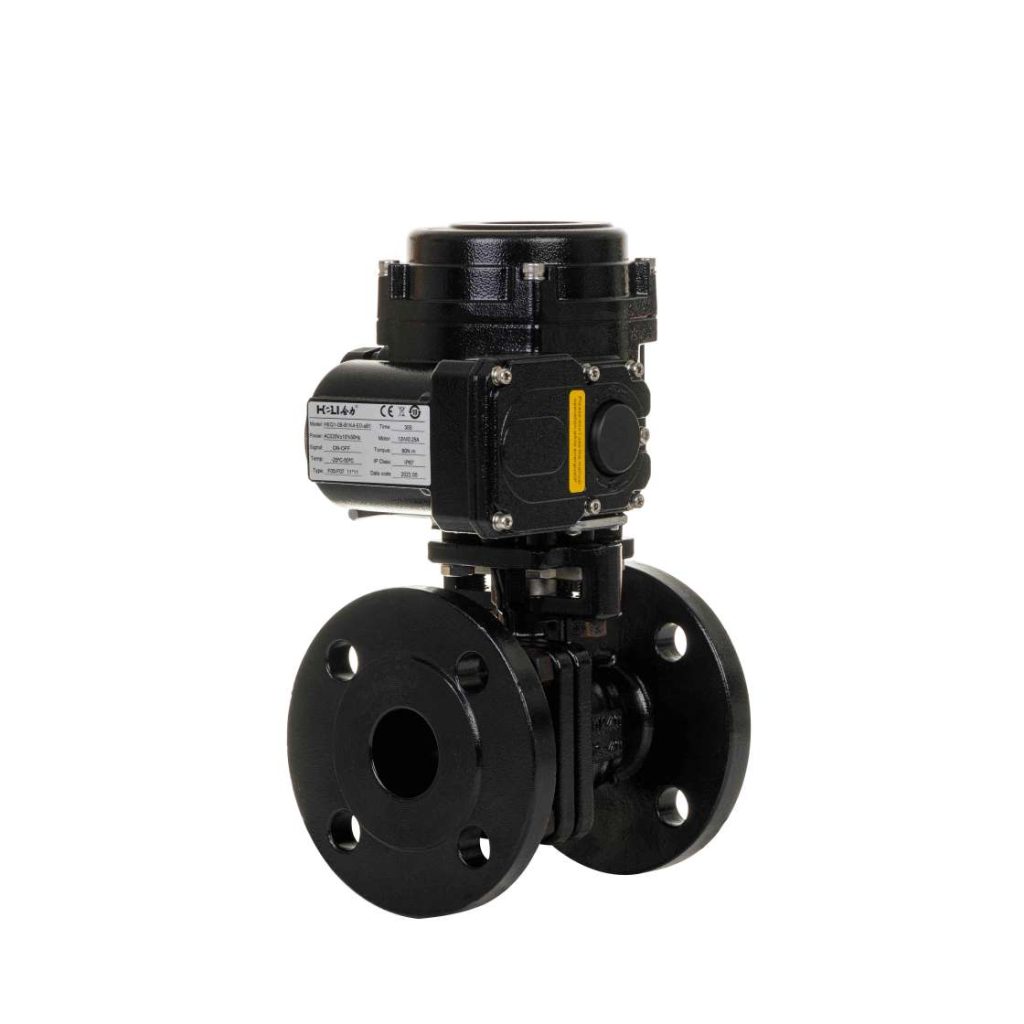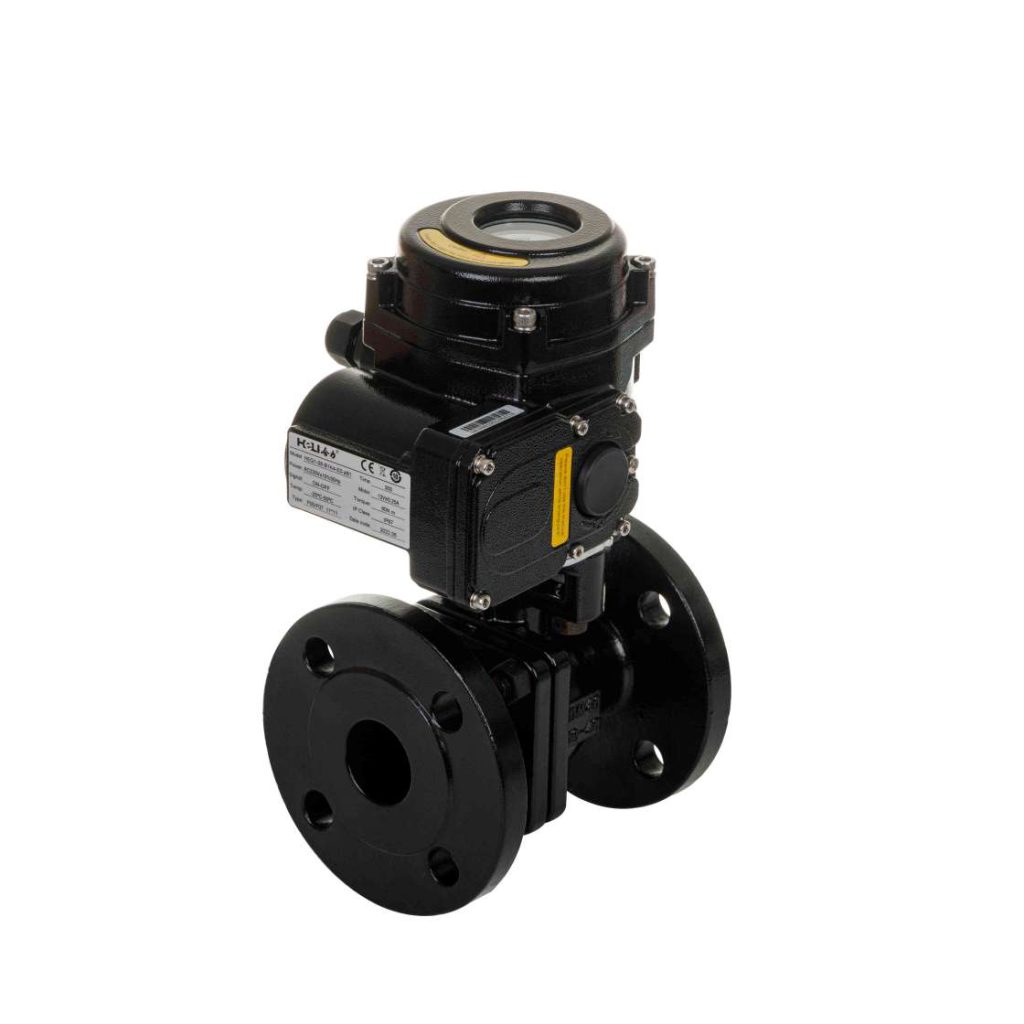In industrial settings, safety is paramount, especially when dealing with volatile substances. The WCB Explosion-proof Electric Valve emerges as a crucial component in ensuring operational safety and efficiency in environments susceptible to explosions or fires. This article delves into the design, functionality, advantages, and applications of the WCB Explosion-proof Electric Valve, underscoring its significance in modern industrial practices.

What is the WCB Explosion-proof Electric Valve?

The WCB Explosion-proof Electric Valve is designed to control the flow of fluids in pipelines while preventing any ignition sources from causing an explosion. Constructed from high-quality materials, such as carbon steel and stainless steel, this valve features a robust design that can withstand high pressures and temperatures. The “WCB” designation indicates that the valve body is made of a specific type of cast iron (WCB), known for its excellent mechanical properties. Key Features and Design Explosion-proof Construction One of the defining characteristics of the WCB Explosion-proof Electric Valve is its explosion-proof rating, often certified by international standards such as ATEX or IECEx. This certification ensures that the valve can operate safely in hazardous environments where flammable gases or dust may be present. The construction incorporates flameproof enclosures and sealing techniques to prevent any sparks or hot surfaces from igniting combustible materials.

Leave a Reply